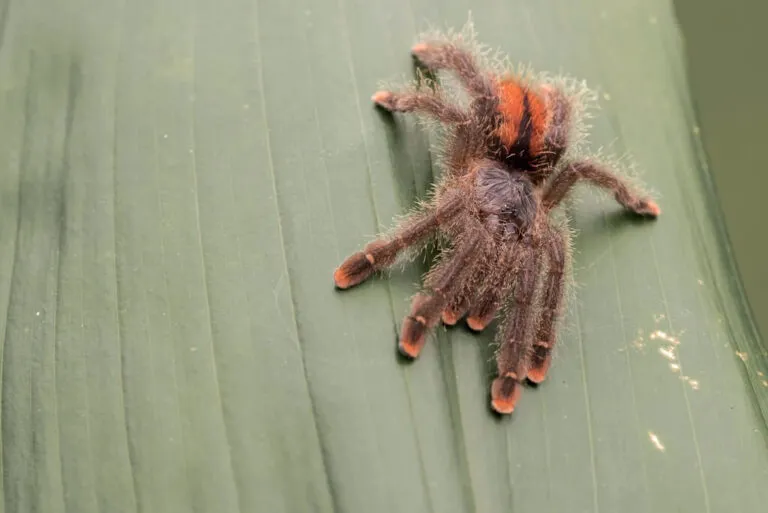Understanding Pink Toe Tarantulas
The Pink Toe Tarantula, scientifically known as Avicularia avicularia, is a popular choice for beginner tarantula keepers. Native to the tropical rainforests of South America and the Caribbean, these arboreal tarantulas are known for their striking appearance and relatively docile temperament. Their name comes from the pinkish-red coloration on the tips of their toes, which contrasts beautifully with their dark bodies. These spiders are not only visually appealing but also offer an engaging experience for those new to the world of tarantula ownership, making them a fantastic pet option. They thrive in humid environments and require specific care to ensure their well-being, but with the right knowledge, keeping a Pink Toe Tarantula can be a rewarding experience.
What Makes Pink Toe Tarantulas Great for Beginners
Several factors contribute to the Pink Toe Tarantula’s suitability for beginners. Firstly, their relatively docile nature makes them less prone to defensive behaviors like biting. While no tarantula should be considered completely ‘safe’ to handle, Pink Toes are less likely to become aggressive compared to some other species. Secondly, their care requirements, while specific, are not overly demanding. They don’t require specialized equipment or complex setups. Finally, their moderate size allows them to be housed comfortably in a smaller space, which is ideal for those who may not have room for a large enclosure. This combination of characteristics makes them a low-stress, high-reward pet for new tarantula owners.
Appearance and Characteristics
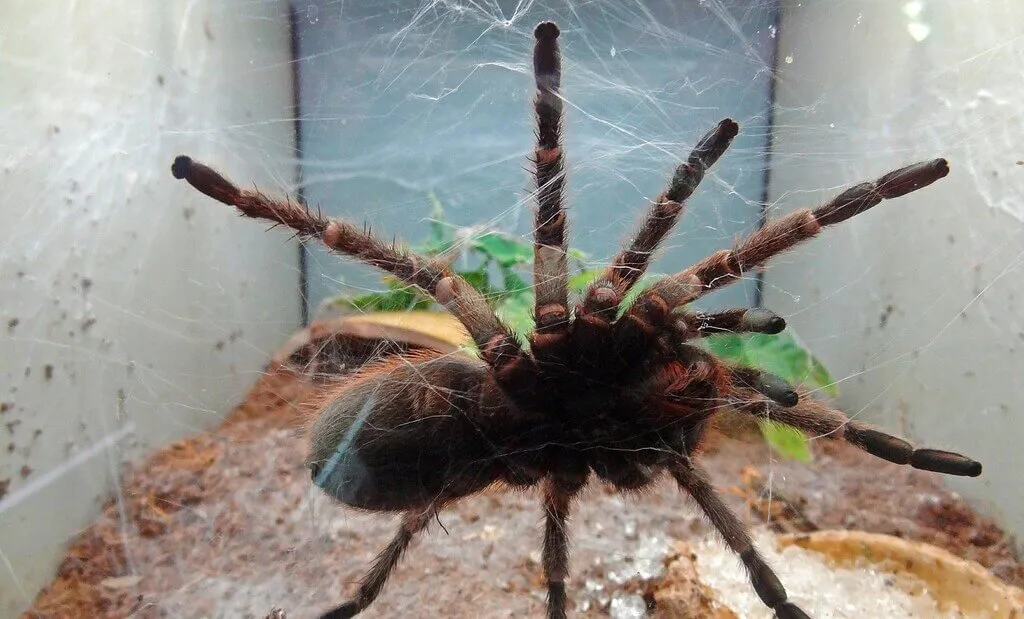
Pink Toe Tarantulas are visually distinctive. They typically have a dark body color, ranging from black to dark gray, and a carapace that can be a metallic blue or green. The most notable feature is the pink or reddish coloration on the tips of their feet. Adults can reach a leg span of up to 5-6 inches, with females generally being larger than males. Their bodies are covered in fine hairs, and they possess two large fangs, used for injecting venom to subdue prey. Their arboreal nature is evident in their behavior, as they prefer to climb and create webs within their enclosure, often constructing a hammock-like retreat where they spend most of their time.
Temperament and Handling
Pink Toe Tarantulas are generally considered to be a docile species, but it’s important to remember that they are still wild animals and should be treated with respect. While bites are rare, they can occur if the spider feels threatened. Avoid handling your tarantula unless absolutely necessary, such as for enclosure cleaning or health checks. If you must handle the tarantula, do so with extreme caution, using a soft brush to gently guide it into a container. Be mindful of their speed, as they can move quickly and may fall if startled. Regular handling is not necessary for their well-being, and can actually be stressful. Instead, focus on creating a suitable environment where the tarantula feels safe and secure.
Setting Up Your Pink Toe Tarantula’s Enclosure
Creating the right habitat is crucial for the health and happiness of your Pink Toe Tarantula. The enclosure should mimic their natural environment as closely as possible. This involves choosing the right size and type of enclosure, selecting appropriate substrate, providing climbing structures, and maintaining the correct humidity and temperature levels. The goal is to provide a safe, comfortable, and stimulating environment that meets all of the tarantula’s needs. Proper setup not only benefits the tarantula’s physical health but also reduces stress, which can extend its lifespan. A well-designed enclosure is also visually appealing and adds to the enjoyment of keeping this fascinating pet.
Choosing the Right Enclosure
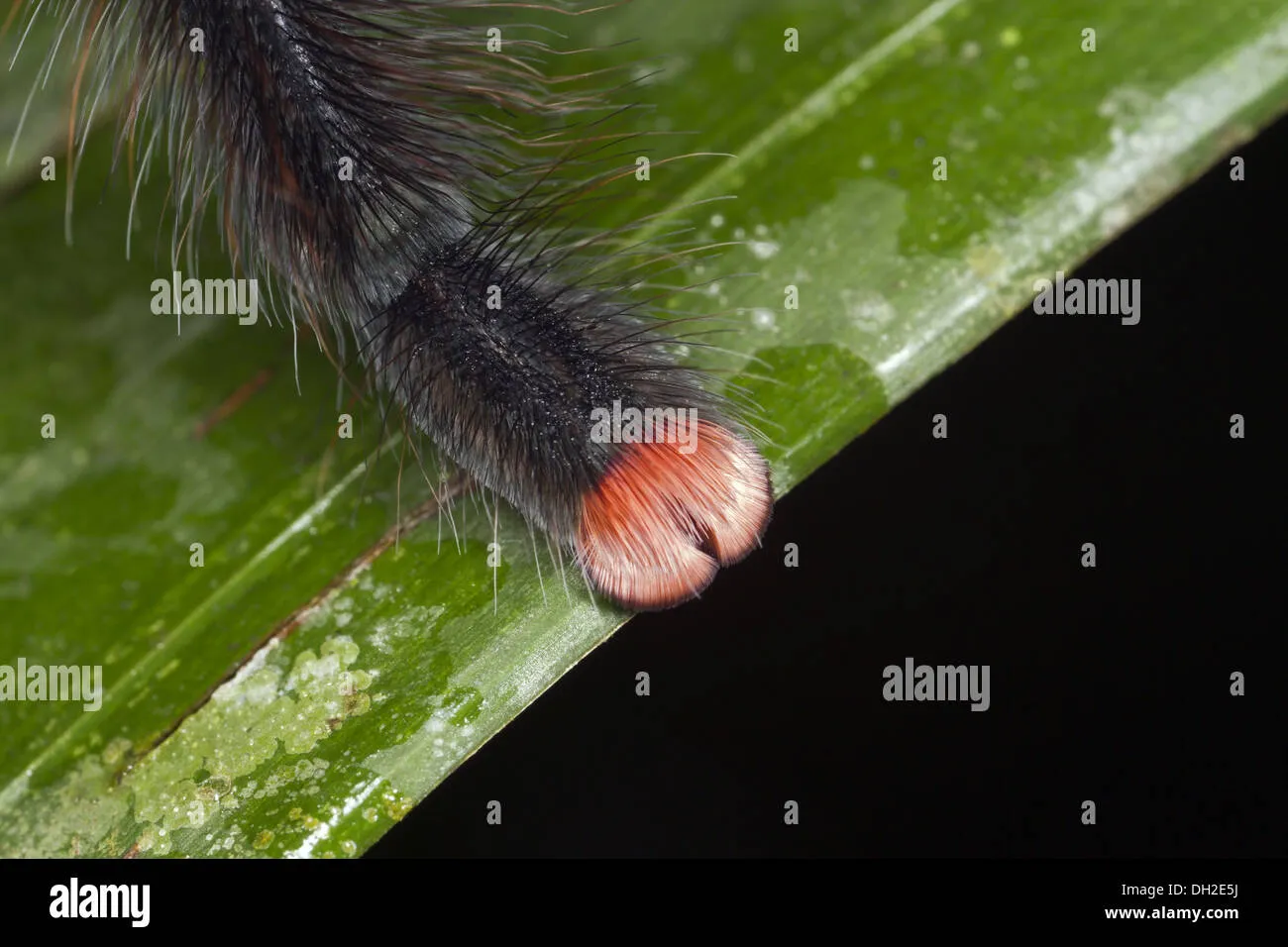
For a Pink Toe Tarantula, a tall enclosure is essential, as they are arboreal. A 10-gallon tank or a similar-sized terrarium is a good starting point for an adult. Ensure the enclosure has a secure lid to prevent escapes. The enclosure should be well-ventilated, with cross-ventilation being ideal, to prevent the buildup of excessive humidity and stagnant air. The dimensions should be such that the tarantula has enough room to move around, climb, and create webs. Avoid enclosures with sharp edges or features that could injure the tarantula. Clear, transparent enclosures allow for easy viewing and monitoring of your pet.
Substrate Selection
The substrate serves as the floor of your tarantula’s enclosure and plays a crucial role in maintaining humidity. A suitable substrate for a Pink Toe Tarantula includes a mixture of peat moss, vermiculite, and a small amount of sphagnum moss. These materials retain moisture well, helping to create the humid environment the tarantula needs. The substrate should be at least 2-3 inches deep to allow the tarantula to burrow if it chooses, although Pink Toes generally prefer to web and climb. Avoid using substrates that are dusty or contain chemicals. Regularly check the substrate for mold or mildew and replace it as needed.
Decorating the Enclosure
Provide plenty of climbing opportunities and hiding places to make the tarantula feel secure. Cork bark, branches, and artificial plants are excellent choices. These allow the tarantula to create its web and provide a sense of security. Arrange the decor so that the tarantula has multiple options for hiding and climbing. Avoid overcrowding the enclosure, as this can make it difficult for the tarantula to move around. A water dish is also essential, and it should be shallow enough to prevent the tarantula from drowning. The decor should also allow for good ventilation throughout the enclosure, so air can freely circulate.
Providing Optimal Humidity and Temperature
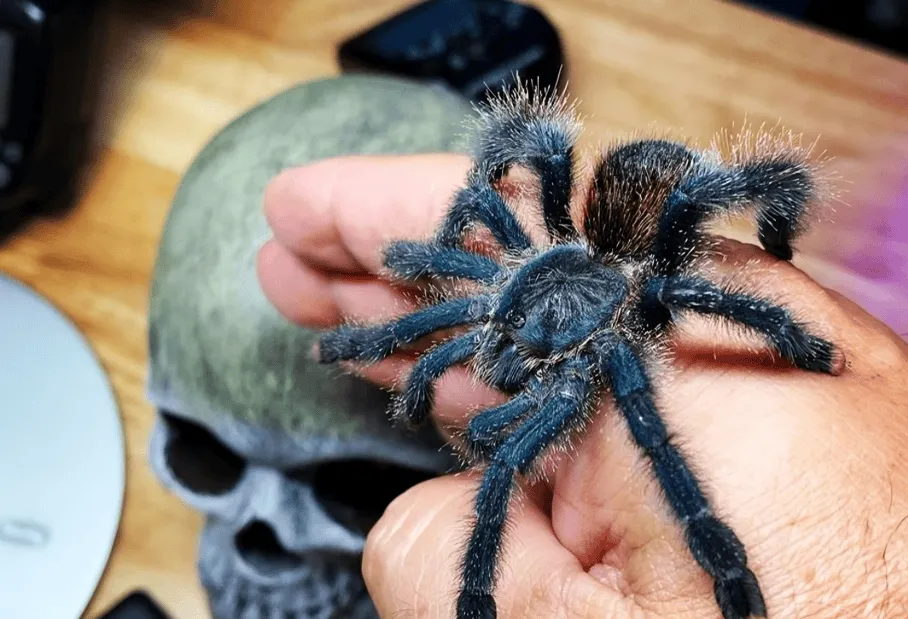
Pink Toe Tarantulas thrive in a humid environment. Maintain a humidity level of 70-80% by misting the enclosure with distilled water every few days. The frequency of misting will depend on the ventilation and the type of substrate used. You can monitor humidity with a hygrometer. The temperature should be maintained between 75-85°F (24-29°C). Use a heat lamp or a heat mat placed on the side of the enclosure to provide warmth, but ensure there is a temperature gradient so the tarantula can regulate its body temperature. Avoid placing the heat source directly under the enclosure, as this can cause the substrate to dry out too quickly. Proper temperature and humidity are critical for the tarantula’s health, molting, and overall well-being.
Feeding Your Pink Toe Tarantula
Feeding your Pink Toe Tarantula is a straightforward process. They are opportunistic feeders, meaning they will eat almost anything that moves and is within their grasp. However, it’s important to provide them with a diet that is both nutritious and safe. The type of food, frequency of feeding, and amount of food depend on the tarantula’s size and age. Overfeeding can lead to health problems, while underfeeding can stunt growth. It is also important to ensure the food source is free from pesticides or other harmful chemicals. With a little knowledge and care, you can provide your tarantula with a healthy and satisfying diet.
Choosing the Right Food
The primary food source for a Pink Toe Tarantula is insects. Crickets, mealworms, and roaches are all excellent choices. Ensure the insects are gut-loaded before feeding them to your tarantula. Gut-loading involves feeding the insects a nutritious diet for 24-48 hours before offering them to your tarantula. This ensures that your tarantula receives essential vitamins and minerals. Avoid feeding wild-caught insects, as they may contain pesticides or parasites. Always remove uneaten food within 24 hours to prevent mold and mites. Offer a variety of insects to provide a balanced diet.
Feeding Frequency and Amount
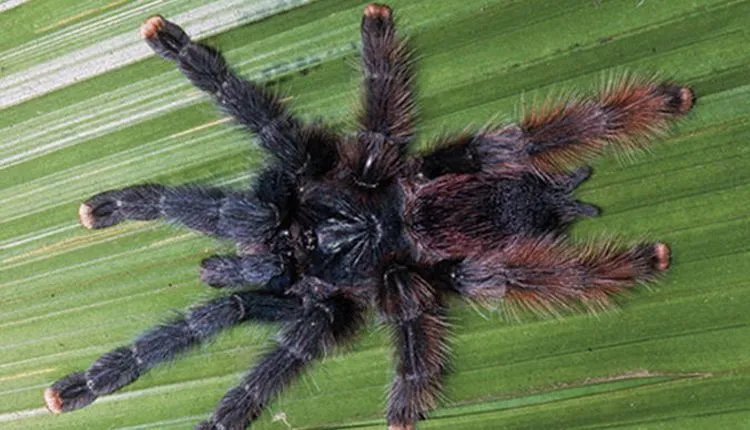
The feeding frequency depends on the tarantula’s age. Spiderlings should be fed 2-3 times a week. Juveniles can be fed once or twice a week, and adults can be fed once a week or every other week. Adjust the feeding schedule based on the tarantula’s body condition. A well-fed tarantula will have a plump abdomen. If the abdomen appears small, increase the feeding frequency. The size of the food should be appropriate for the tarantula’s size. As a general rule, the prey should be no larger than the tarantula’s body length. Overfeeding can cause the tarantula to become obese, which can be detrimental to its health.
Watering and Hydration
Providing fresh water is critical. Use a shallow water dish that is easily accessible. Regularly refill the water dish with fresh, clean water. You can also mist the enclosure with distilled water to maintain humidity and provide an additional source of hydration. Observe your tarantula’s behavior to ensure it is drinking. If your tarantula is not drinking from the water dish, it may be necessary to adjust the humidity level or try offering water in a different way. Be sure to clean the water dish regularly to prevent the growth of bacteria.
Daily and Weekly Care Routine
Establishing a consistent care routine is essential for the health and well-being of your Pink Toe Tarantula. Daily and weekly tasks help maintain the enclosure and ensure the tarantula has everything it needs. Regular checks allow you to quickly identify any problems and address them promptly. By following a consistent schedule, you can create a stable environment that reduces stress and promotes the tarantula’s overall health.
- Daily Check the enclosure for escaped prey, and remove any uneaten insects.
- Check the water dish and refill it as needed.
- Inspect the enclosure for any signs of mold or mildew. Remove if found
- Weekly Inspect the tarantula for any signs of illness or injury.
- Mist the enclosure to maintain humidity.
- Clean the water dish and replace with fresh water.
- Spot-clean the enclosure to remove any waste or debris.
- Check temperature and humidity levels, adjusting as necessary.
Health and Common Issues
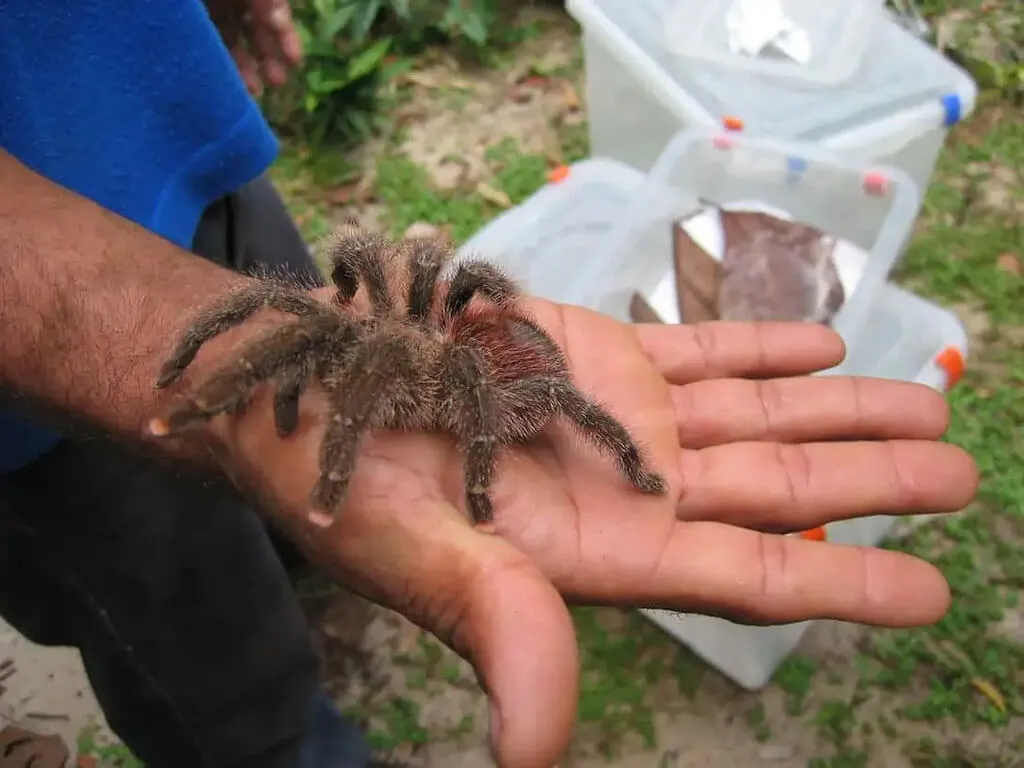
Pink Toe Tarantulas are generally hardy creatures, but they can still be susceptible to certain health issues. Regular monitoring and awareness of common problems are essential for ensuring your tarantula’s well-being. Recognizing the signs of illness early can increase the chances of successful treatment. By understanding the potential risks and taking appropriate precautions, you can minimize the chances of your tarantula developing health problems and ensure a long and healthy life.
Recognizing Signs of Illness
Observe your tarantula regularly for any changes in behavior or appearance. Some common signs of illness include loss of appetite, lethargy, unusual posture, and difficulty moving. If your tarantula is refusing food, it could indicate a problem. If the tarantula is lying on its back for an extended period or its legs are curled inward, this may indicate a serious issue. Other signs include a swollen abdomen, discoloration, or the presence of mites. If you observe any of these symptoms, consult with a veterinarian experienced in exotic animals immediately. Early detection and treatment are key to recovery.
Shedding and Molting
Molting is a natural process where tarantulas shed their exoskeleton to grow. During this process, the tarantula becomes vulnerable, so it’s important to provide a safe and undisturbed environment. Before molting, the tarantula may become inactive and stop eating. It may also build a web mat and lay on its back. Avoid disturbing the tarantula during molting. After molting, the tarantula’s new exoskeleton will be soft and vulnerable. Do not feed the tarantula until its fangs have hardened, which may take several days. Ensure the tarantula has access to water during this time. Provide adequate humidity during the molting process to make it easier for the tarantula to shed its exoskeleton. Improper molting can be fatal.
Handling and Safety Precautions
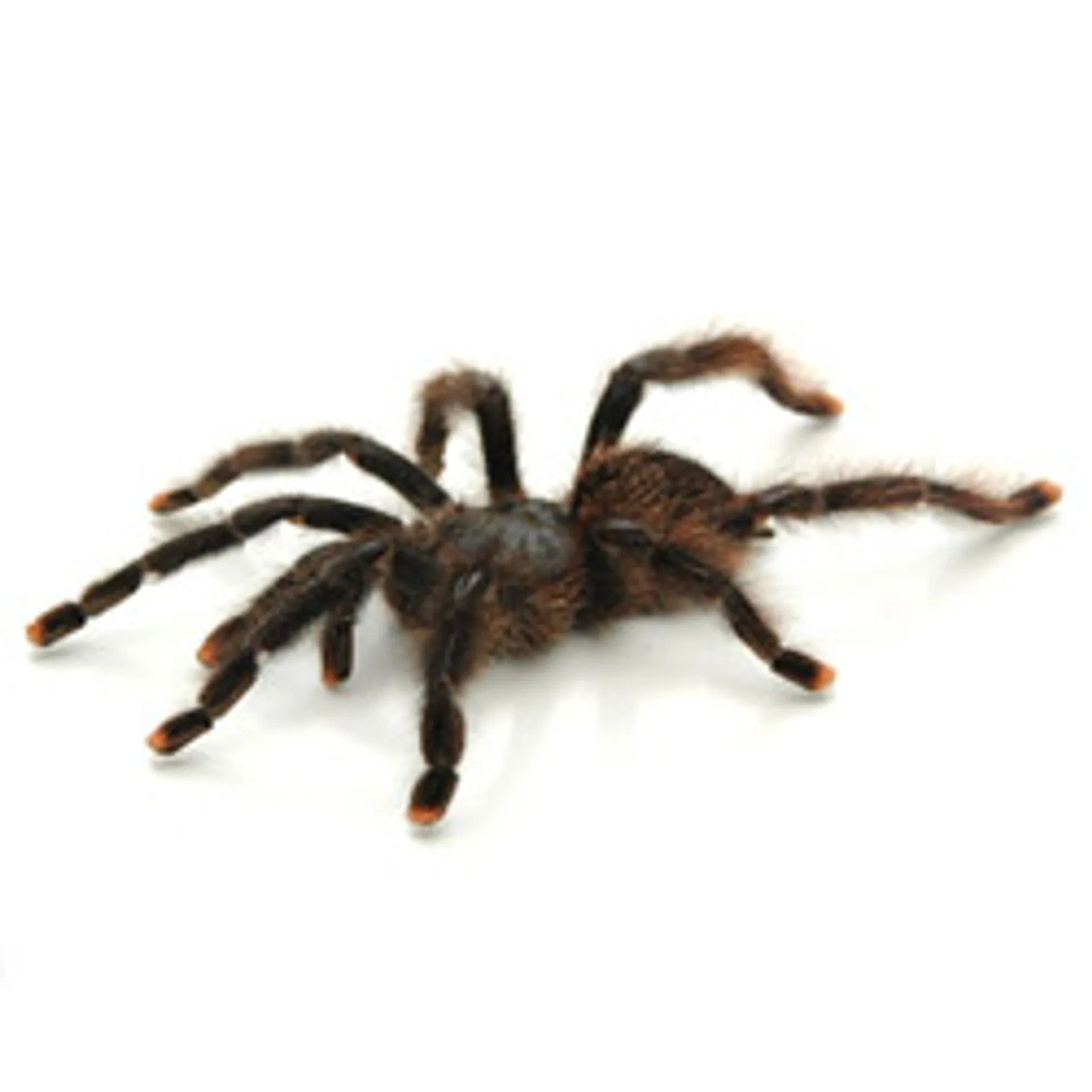
While Pink Toe Tarantulas are generally docile, it’s essential to handle them with care. Bites, while rare, can occur and are painful. Always wash your hands before and after handling your tarantula. Avoid handling the tarantula if you are stressed or distracted. If you must handle the tarantula, do so close to the ground or over a soft surface to minimize the risk of injury if it falls. Never drop or squeeze the tarantula. Always be aware of its movements and body language. If the tarantula shows signs of stress, such as raising its front legs or flicking hairs from its abdomen, immediately stop handling it and allow it to retreat to its enclosure.
Long-Term Care and Considerations
Caring for a Pink Toe Tarantula is a long-term commitment. These spiders can live for several years, so it’s important to be prepared for the responsibility. Provide a stable environment, consistent care, and appropriate enrichment. Consider the financial aspects of owning a tarantula, including the cost of food, substrate, and veterinary care. If you decide to go on vacation, arrange for someone reliable to care for your tarantula. With proper care, Pink Toe Tarantulas can provide years of enjoyment.
Finding a Veterinarian
It is crucial to find a veterinarian who is experienced in treating exotic animals, including tarantulas, before you acquire a Pink Toe Tarantula. Ask for recommendations from local reptile or tarantula keepers. The vet should be able to provide routine checkups, diagnose illnesses, and offer advice on preventative care. A good vet can also advise you on potential health issues and how to address them.
Breeding (Optional)
Breeding Pink Toe Tarantulas is an advanced topic that requires significant knowledge and preparation. Breeding is not recommended for beginner keepers. It involves separating the male and female, as the female will attempt to eat the male. Proper breeding conditions must be created to stimulate the female. After mating, the female will lay an egg sac. The eggs must be incubated under specific conditions. Breeding tarantulas is a complex process and is best left to experienced keepers.
Conclusion
Keeping a Pink Toe Tarantula can be a rewarding experience for beginner keepers. With proper research, care, and a commitment to their well-being, you can enjoy this beautiful and interesting species. Provide the correct environment, feed them appropriately, and handle them with care. By following the guidelines in this article, you can give your Pink Toe Tarantula the best possible life. Remember that responsible pet ownership is key. Enjoy the fascinating world of tarantulas, and always prioritize the health and well-being of your pet. Your Pink Toe Tarantula will appreciate the effort, and you’ll have a fascinating pet to observe and enjoy.
